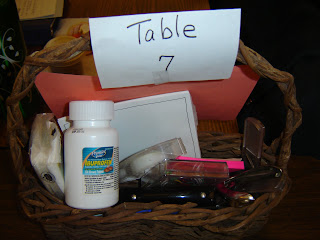Well, we're not certified Master Gardeners...... we're Master Gardener Interns and transition to the next phase of the program. In a nutshell, here's what we'll have to do:
- FIELD WORK: 90 hours total. 45 hours are to be done this year, with the remaining next year, during which we must complete:
- Minimum of 5 clinics (these are QandA booths, located at places where gardeners tend to hang out..... garden centers, nurseries, farmer's markets etc).
- Minimum of 4 garden shifts (can go to any or all of the following: MG-sanctioned demo garden, youth garden, outreach garden or teaching kit (more about this one later)).
- 5 clinics and 4 garden shifts will get us to around 36 hours, so the remainder of our hours can be made up doing any of the following:
- More of the above (clinics and/or garden shifts).
- Phone clinic
- MG-approved special events
- Serve on the foundation board
- Help out in the office
- Become a speaker and give presentations
- CONTINUING EDUCATION: Before the end of next year we must complete and additional 10 hours of continuing education. This can be done in a number of ways:
- MG events: workshops, annual conference, sponsored classes.
- Docent-led tours of Northwest gardens.
- Accredited horticultural education.
- Pesticide certifications.
- Self study (online modules/quizzes)
- Approved research projects
- Anything listed in the "news you can use" emails sent to all MGers/students.
Once we've done all the field work and CE stuff we'll become certified Master Gardeners. To stay certified we'll have to commit to doing 25 hours/yr of field work, plus 10 hours/yr of continuing ed. Submit quarterly timesheets, re-register to confirm we're still wanting to participate and voila.... we stay certified.
So....... got any questions about the program? Have I been able to give you a good feel for what it's like so far? Throw me a Q if you need to.......



















